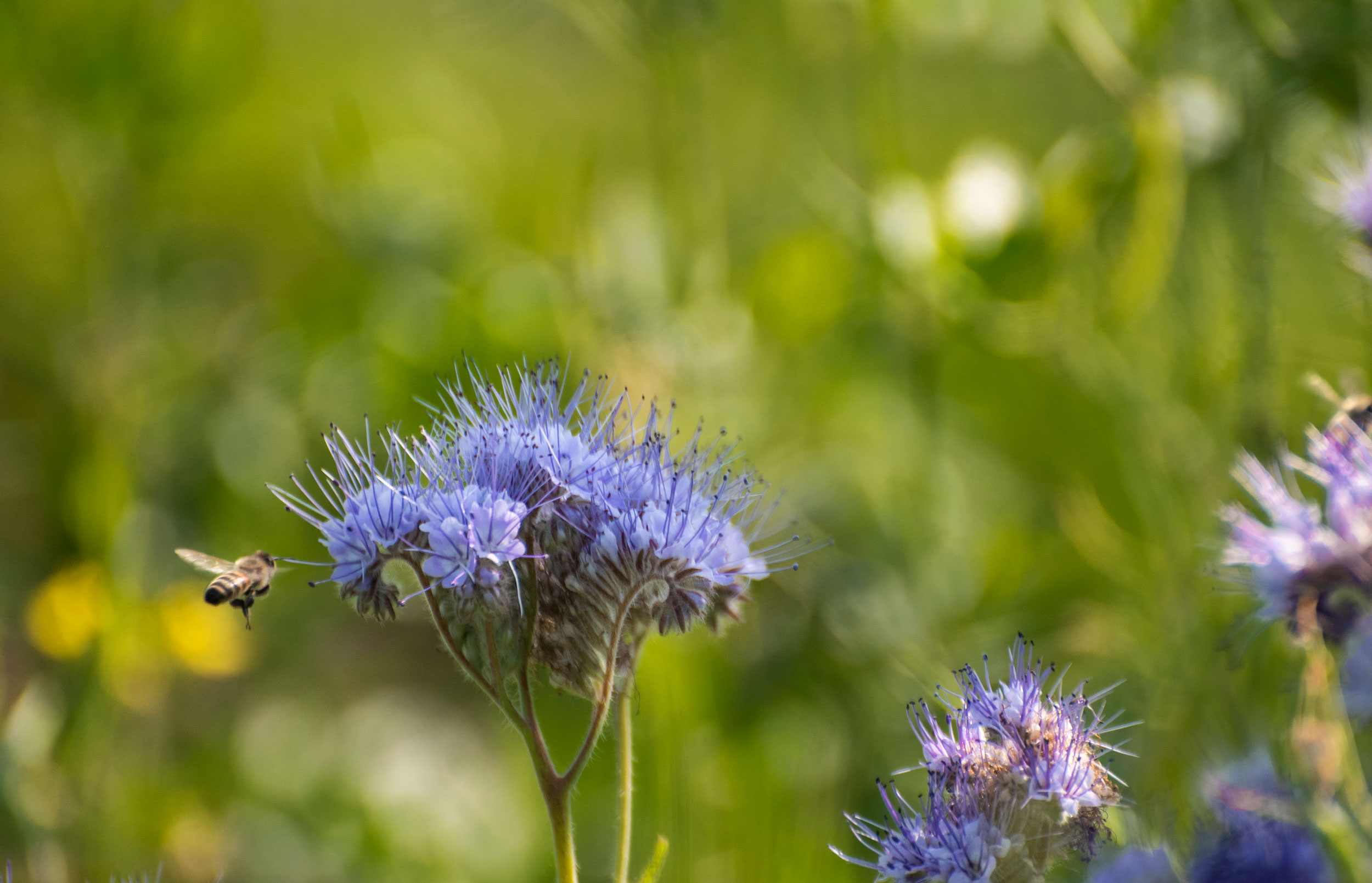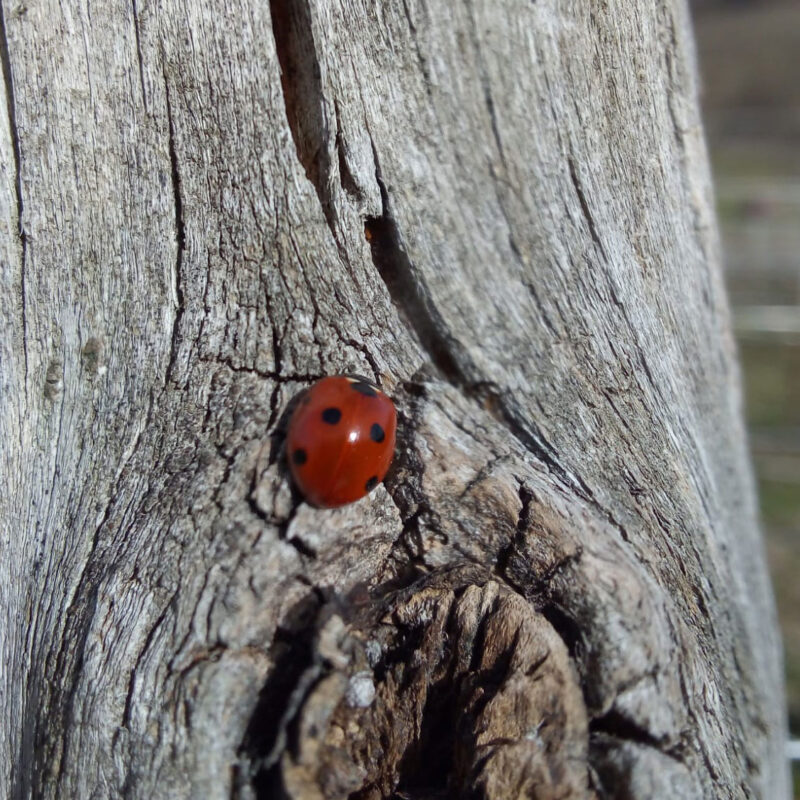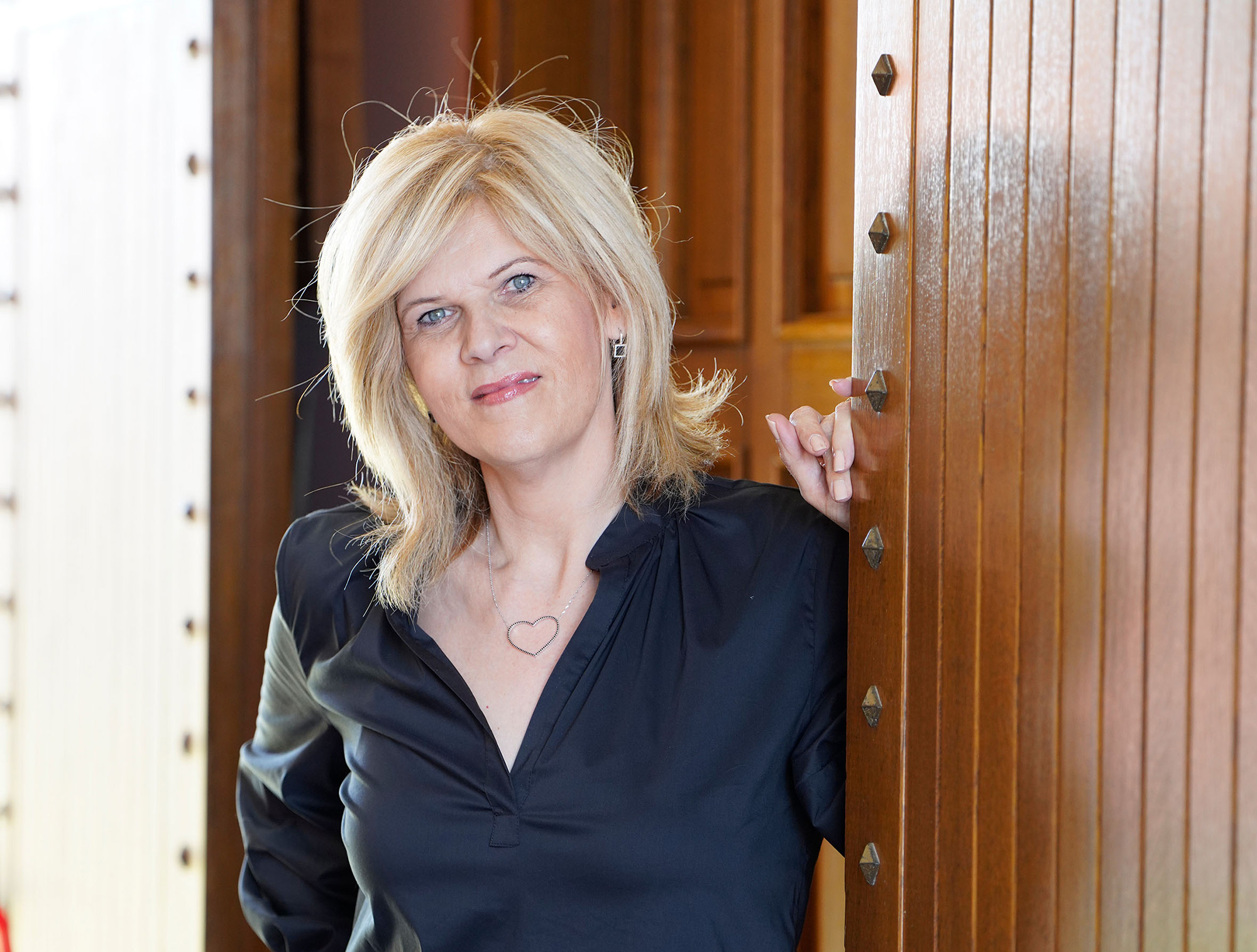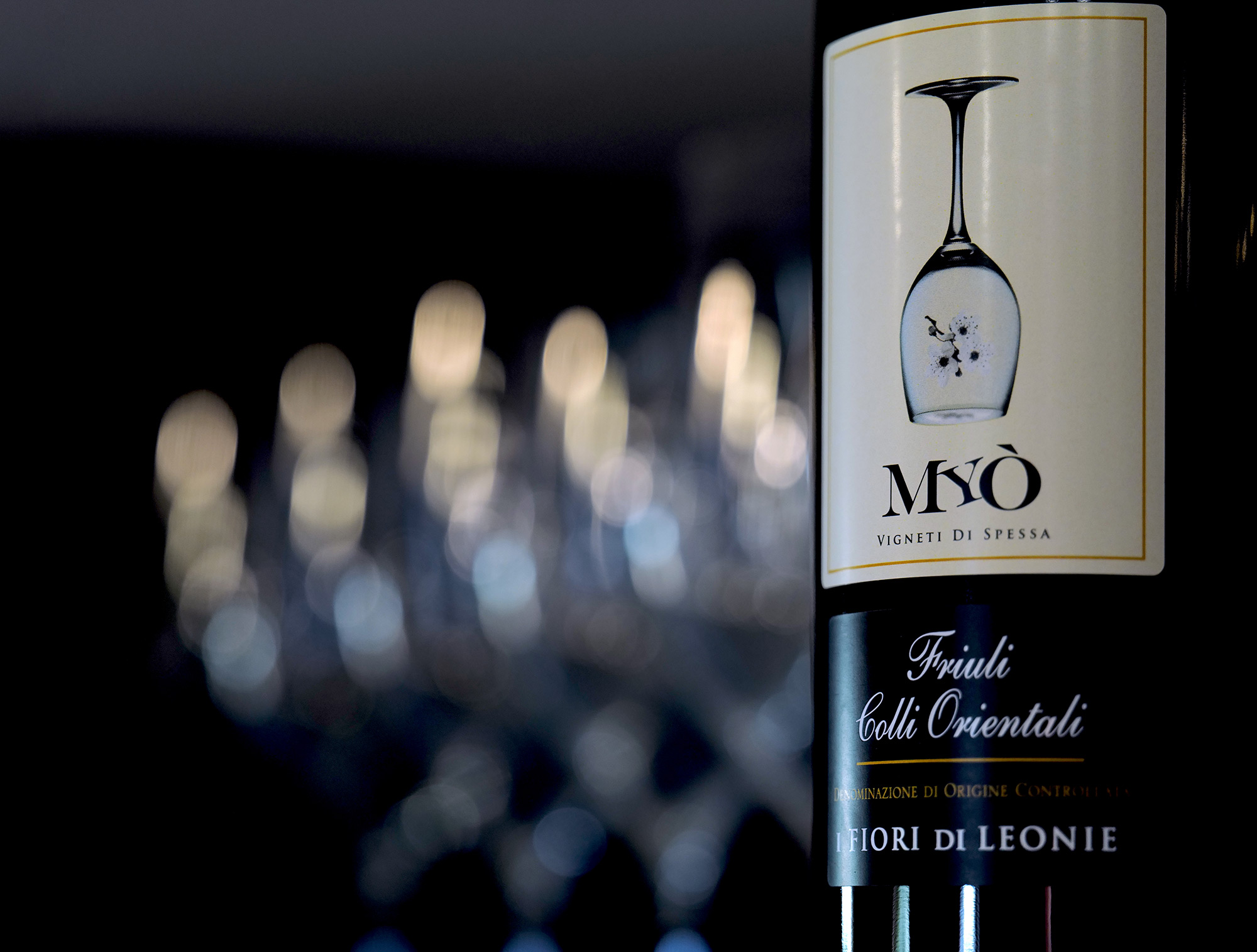The protection and increase of biodiversity results from a series of careful choices: the analysis of the soils to preserve fertility; elimination of mineral fertilisers in favour of organic ones; biological control; the decision to leave the flowers between the rows. In addition we analyse the soil microbiome, use specific green manures based on the soil type, and practice agroforestry techniques, planting ecological areas close to the vineyard with certified native biotypes. These include Cornelian cherry, dog rose, hawthorn and privet. Nothing is left to chance: we have alternated these species with grafted antique local Friulian varieties of fruiting plants that have almost been forgotten, such as the perpetoral, mel da canonica, and the cicigolis apple tree, which we have planted according to blossoming times to provide shelter and food for all pollinating insects, such as the bees and other pollinators. Today, our vineyards have an ecological area in addition to the flowers that are left to grow between the rows. It’s an environment fit for life.
Zorzettig has adhered to the SQNPI protocol since 2016, and in recent years has nurtured ecological infrastructure for specific biodiversity. The plants were provided by the Forestry Corps nursery in Tarcento, thanks to a partnership with ERSA, the regional agency for rural development in Friuli.
The winery and vineyard have signed up to the non-profit Biodiversity Care project. Under the guidance of our consultant agronomist Antonio Noacco, together with a team of colleagues and in collaboration with the University of Udine, the project aims to increase biodiversity in the vineyard and prove the effectiveness of biological control through the increase of predatory insects and other beneficial organisms in vineyards managed by alternating mowing.
Equally, waste processing is also carefully managed and handled through the correct separation and disposal of materials from production (stalks, marc, glass, paper and cardboard, wood, plastic containers, etc.) and simple delivery to waste collection and recycling centres.




